|
The Many Links between Art and Science: Rethinking Representation, Visualization, and Function
In Prop 1/Prop 2 we see a combination of dance, conceptual art, and minimalist sculpture – altogether making a work of performance art documented in a photograph. The Flemings perform slow, deliberative poses that mimic the rectilinear shapes of 1960s minimalist sculpture. Psychic Color Calendars is a conceptual piece based on telepathy. While living separately, one in New York the other in Chicago, the brothers wanted to test their telepathic skills, each coloring a square daily to see if their minds were in sync. The experiment shows they are not telepathic, with only the 4th and 20th of January syncing up color-wise. Trent Straughan, Eyes in the Back of Your Head, interactive software installation, two cameras, projector, and computer, 2015 Trent Straughan is a frontend software developer by day and an artist by life. His degree in graphic design has served him well! Eyes in the Back of Your Head is a work without an object; it is experiential and uses technology to exteriorize the senses and putative mind. Viewers stand at a specifically designated place centered between two cameras, while looking up at their projection on the wall. They see a live feed of their front, then back, then front, and then back again – indefinitely ad infinitum. The piece plays out the scientific concept of chirality as a live perceptual event facilitated by technologies of computation, surveillance, and projection. I draw connections between Straughan’s piece and Bruce Nauman’s Live Taped Video Corridor Piece (1970), Dan Graham’s time delay rooms from the 1970s, and Les Levine’s television sculpture from the late 1960s. 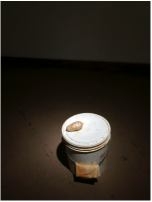 Jeff Gibbons, Beeper, 50 pounds of aging Appalachian clay, bucket, pillow case, unfired clay potato, 17” x 12” x 12”, 2015 Jeff Gibbons, Beeper, 50 pounds of aging Appalachian clay, bucket, pillow case, unfired clay potato, 17” x 12” x 12”, 2015 Gibbons’ Beeper takes on chirality by way of conceptual art – that is, through the language of fiction. The potato sitting atop a closed bucket is ersatz: it is made from clay, a mound of which sits inside. It is the mirror image – a chiral form – of an actual potato, about which Gibbons writes in a novel based on a character that is his mirror image living in a mirror world. Resonating with the work of Arthur C. Clarke and P.K. Dick, Gibbons brings chirality to the language of fiction writing and materializes ideas from his book. Another exciting idea for me here is the way in which chirality becomes adjacent to Jean Baudrillard’s idea of the simulacrum – all by way of Gibbons’ inventive touch. Ellen Levy is an artist engaged in neuroscientific research. She makes experiential mixed-media installations and writes about complex systems. These images combine analog and digital processes in the creation of swirling alter-worlds where the landscape becomes ocular and in automotive motion. They are experiential in that, according to Levy, “these works call for the viewer to perform mental rotations.” We see highway infrastructure shooting through the anatomical structures of the eye. In her own words, “the freeway interchange is visually mimicked in these works by the superimposition of retinal circuitry over it, including the crossover of visual signals at the chiasma.” I think here once again of the writing of Arthur C. Clarke, in particular the tubular megastructure in outerspace that is at the center of the novel Rama, which further connects us to the “alien megastructure 1400 light-years away” that was in the news last week. Luke Harnden, Dark Eyes, mirror, wood, fabric, 23"x17" 2015 Luke Harnden’s Dark Eyes is equal parts painting, sculpture, and experience. It hangs on the wall like a painting, must be interacted with like a sculpture, and offers a singular experience for each person. Harnden has wrapped nylon interfacing material used in quotidian sewing around a mirror to create a subtle moiré effect. Upon approaching the mirror, one sees black dots at the center of one’s eyes. The piece creates a vertigo of cognitive consciousness and is the great grandchild of the sci-art perceptually based work of Op Art and New Tendencies artists form the 1960s. 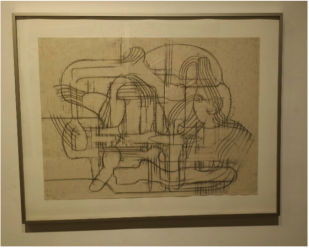 Steven J. Oscherwitz, Untitled Drawing, rolled pitt graphite on handmade twinrocker paper, 22” X 30”, 2010 Steven J. Oscherwitz, Untitled Drawing, rolled pitt graphite on handmade twinrocker paper, 22” X 30”, 2010 Steven J. Oscherwitz’s untitled drawing looks like two worlds mirrored while also overlapping. What I really love about Oscherwitz’s drawing is that it was not intended to be an example of chirality. He is adamant that his research in genetics and physics is not consciously present in any of his drawings. But scientific concepts seem to be there unconsciously as this drawing looks like a representation of chirality as well as the physics-based concept of “complementarity,” which is the idea that objects have complementary properties which cannot be measured accurately at the same time. While complementarity is not chirality, it is, like Baudrillard’s simulacrum, semantically connected in that it is a scientific idea about difference within similarity. It is also a term that showed up in one of the many e-mails Oscherwitz and I exchanged leading up to Chirality: Defiant Mirror Images.
0 Comments
Your comment will be posted after it is approved.
Leave a Reply. |
GROUP THREEDave Wessner
Charissa Terranova
|

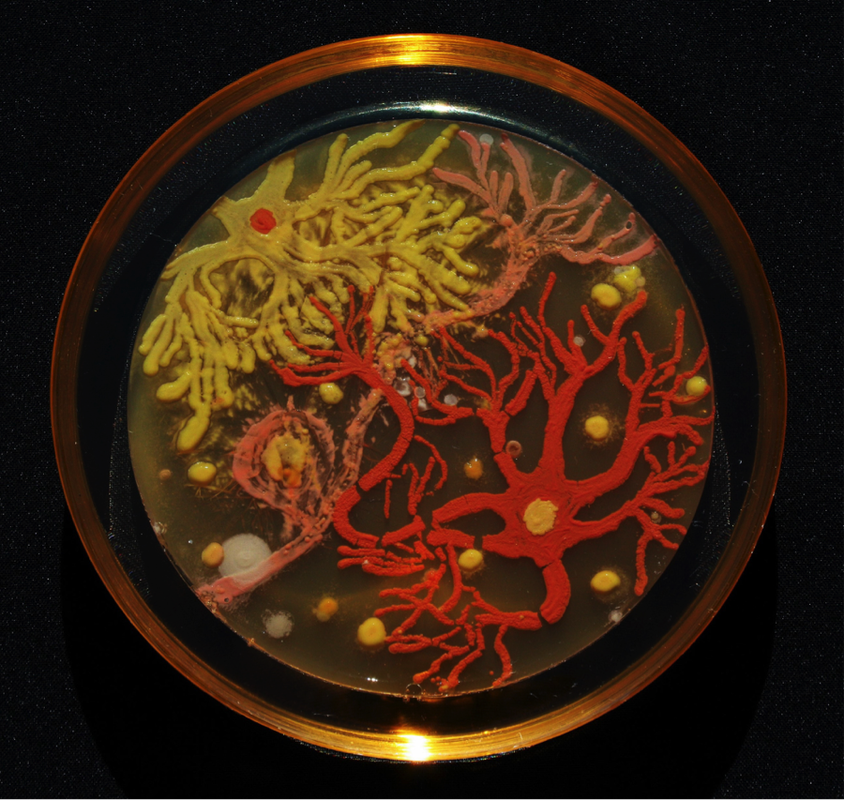
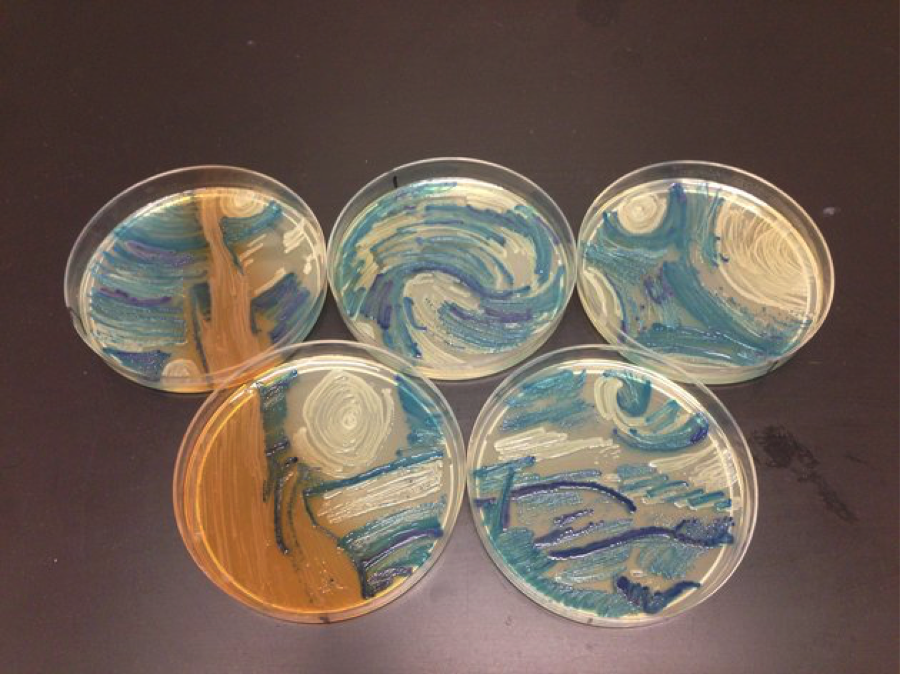
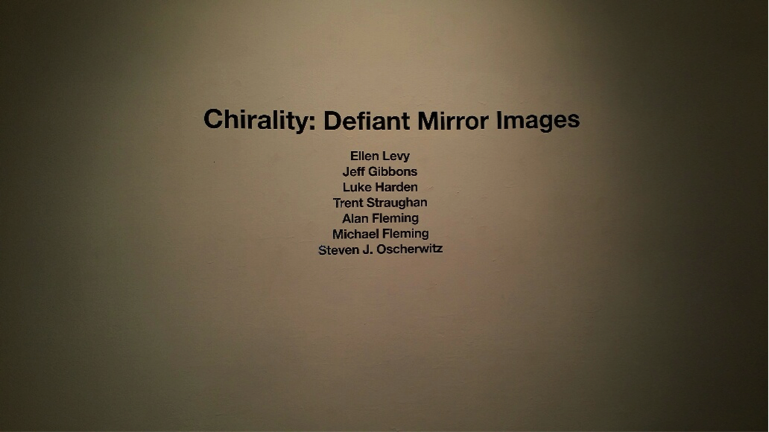


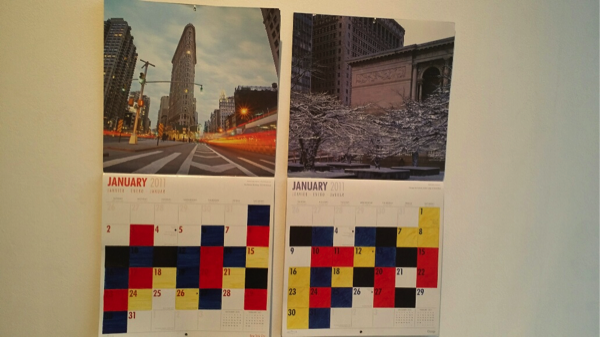

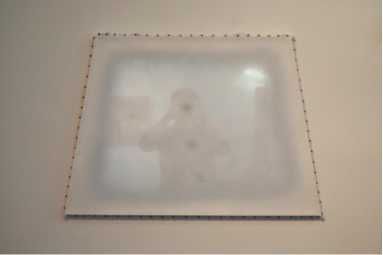
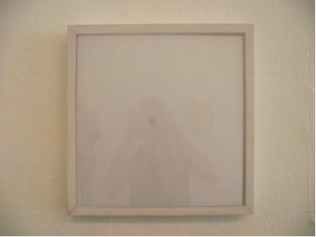

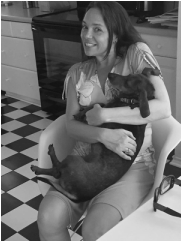
 RSS Feed
RSS Feed
